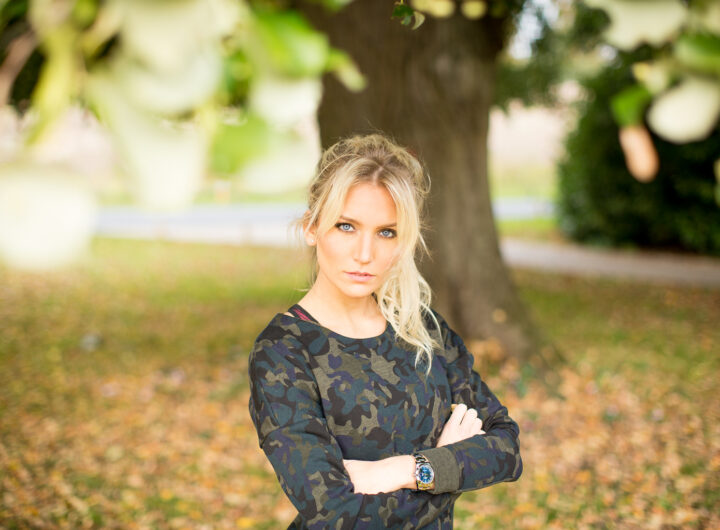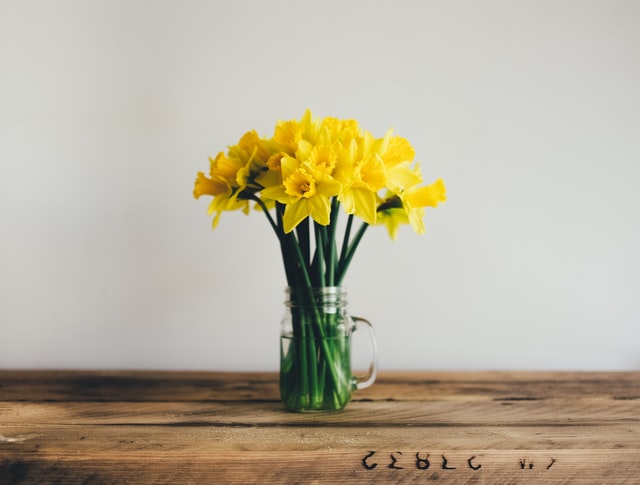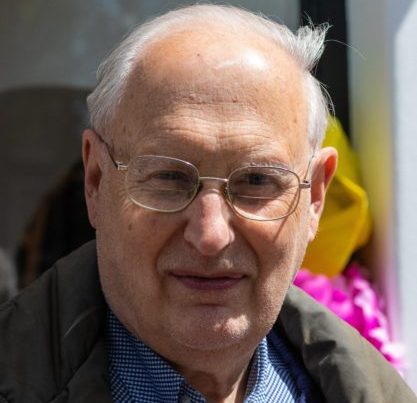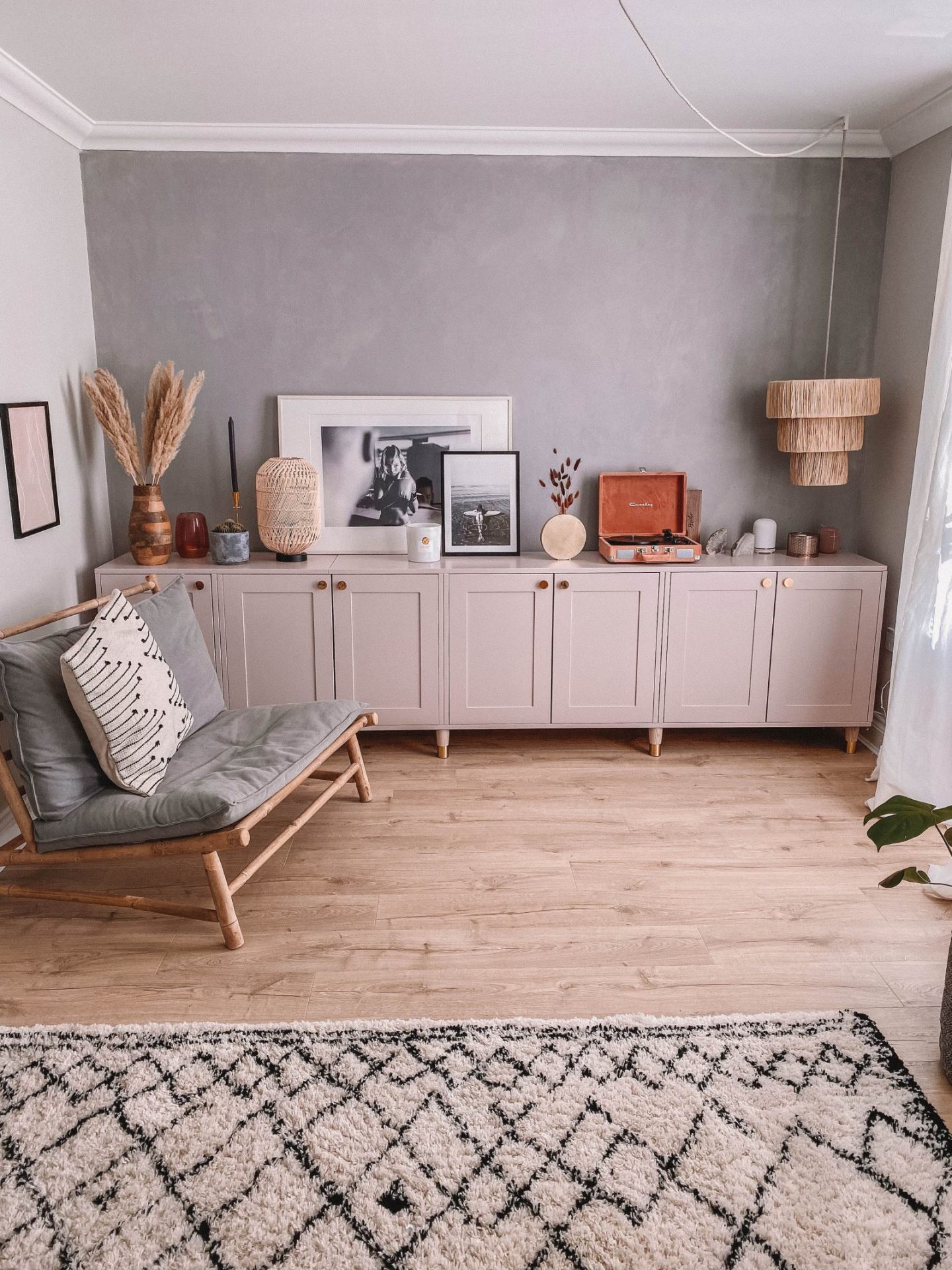
When first I visited Israel – a decidedly middle eastern country – I didn’t expect to find myself strolling amidst a Gay Pride parade with over 100,000 people revelling on the beaches of Tel Aviv. On my recent and second visit to Israel, I had the great honour of being invited by The Ministry of Tourism, who ushered me and two journalists on an equally unexpected – and remarkably broad – historical and cultural tour of this breath-taking country, called ‘Sea to Sea’. Israel is a delicious melting pot of religion, culture, people and food; where Mediterranean meets Middle-Eastern, and where modern meets traditional. On this expedition, I discovered some truly ancient sites, voyaged through one of the oldest cities on the planet, enjoyed exquisite Israeli restaurants, feasted my way through vegetable/fruit and fish souks, and languished in the intimate boutique hospitality of this country. The list of highlights is impractically long so I’ve listed my absolute key takeaways if you’re thinking of a trip – and at the bottom of the post, other things to do whilst you’re there, should you have time. This is an active trip to remember!

So, faced with the massive suite of possible highlights, my absolute favourite spots from the trip were Jerusalem, in particular, the Old City – as well as Masada and The Dead Sea. Tel Aviv is always something special to behold too! Here’s the list with some visuals to bolster the imagination…

Jerusalem
Visiting Jerusalem enabled me to tick off a major box from my ‘life bucket list’. It’s the capital city of Israel, one of the oldest municipalities in the world, as well as the Holy City for the three monotheistic religions: Judaism, Christianity and Islam. The narrow limestone walkways paved by Olive trees have been walked by some of the most significant religious leaders to have written history, and are the reasons as to why the world looks the way it does today. Jerusalem is a historian’s dream location, steeped with significance that you can almost taste in the air. The places to visit include;
1. Christian Quarter with the Church of the Holy Sepulchre
This is Christianity’s most important church, located in the centre of the Christian quarter. It is the site where Jesus was crucified by Roman soldiers.

2. Rebuilt Jewish Quarter and Cardo
The ruins of the main street from Roman times.

3. Western Wall (Kotel)
This is Judaism’s most sacred site. It’s a limestone wall built by King Herod in 20 BCE. For hundreds of years, people have prayed at the wall.

4. Best view of the Old City?
Mount of Scopus (In Hebrew it means “lookout”) offers the best panoramic view of the city.

5. Mahane Yehuda market (Shuk)
We visited the market during the day, and indeed a memorable imprint it left – tasting and eating your way through fruit, vegetable & fish stands. However, it was only when we chose to return one evening to experience the nightlife that this became an absolute highlight of the trip!
I’ve never experienced anything quite like it and was totally blown away. The atmosphere was electric. To wander through the market at night is to observe the very essence of a melting pot for people of all religions and ages. There where Orthodox men out on ‘date night’ with their wives, orthodox Muslims, bakers shouting selling their goods, whilst girls and boys were dancing on tables in the immediate vicinity to the tunes of live DJ’s. So many walks of life intersected here that it verged on the surreal and wandering through the streets with a drink in my hand, I couldn’t help but smile; it was exhilarating. I wished I’d partied there as a teen and not in some dark club sitting at a table.

6. Dinner?
We enjoyed a delicious meal at Satya Restaurant in Jerusalem. The menu offers a real mix of foods which are perfect for sharing. I could happily just eat all the starters in Israel including herring with sour cream and cucumber salad, sashimi or sea fish tartar and plenty of vegan options like vegetables with shitake mushroom sauce and white rice. All super fresh and benefitting the wonderful climate.

7. Accommodation
Situated in the heart of Jerusalem, The David Citadel combines a sense of heritage and modernity, fusing old and new with consummate style and understated elegance. I awoke rested in a spacious calming modern environment, and upon stepping out onto my balcony I could enjoy views of the Old Limestone Wall alight in the morning sun. I loved the garden terrace, full of birdsong, cocooned within the hotel walls whilst overlooking the pool and the Old wall – this was a favourite as was the exquisitely appointed spa, an oasis of calm in an otherwise bustling metropolis


What to do in Tel Aviv…

1. Stand-up paddle boarding
This was such good fun, but I would observe, is materially harder than it looks; great for balance and core strength. The view of Tel Aviv from the ocean is totally worth it and the activity delivers a great, all-round workout too.
2. Stroll along the beaches
The sweeping beaches flanking Israel dominate their 200km of Mediterranean coastline from Rosh ha-Nikra to Ashkelon on the Central and South Coast. It’s quite breathtaking to behold, and Tel Aviv offers as dramatic an oceanscape as I’ve seen with its skyscraper coastline peering out over Jaffa… There’s also the machine-gun-like barrage of ‘Matkot’ – a beachside racket game where two or more players just try to keep a squash ball alive with a wooden bat. It’s a bit of a national sport, and a stroll along any Tel Aviv beach will show just how popular it is!

3. Where to eat?
Mantaray was exceptional with views overlooking the golden beaches. The Israeli cuisine is so light and healthy – fresh sun-drenched veggies, fruit courses, fish is preferred over the meat, & goats milk as standard. It has a relaxed aspect which is just perfect to take in the vibrant orange sunsets. As you walk around the city, you can see some stunning Bauhaus architecture brought by the European migrants around the time of the war.

4. Explore Old Jaffa
Here you’ll find craft shops, art galleries, and stalls selling antiques and jewellery at the lively Jaffa Flea Market. Landmarks include the Clock Tower and St. Peter’s Church, while the Ilana Goor Museum shows Israeli and international art.

Check out Caesarea…
It was so interesting to see some Roman architecture in this part of the world, and learning about the history of that ancient civilisation, as well as how it influenced Israel; most unexpected! An ancient port built by King Herod, which at the time was one of the largest & most important cities in the Roman world. It acted as the capital of Judea during the time of Jesus, as well as a crusader fortress along the road from Acre to Jerusalem. This used to be a large entertainment venue with 10,000 seats, called a hippodrome, where horse races were conducted. There’s a beautiful amphitheatre and make sure to check out the remainder of Kind Herod’s bathhouse too.

The Dead Sea
We visited the iconic lake and one of the most amazing wonders of the natural world, the Dead Sea; yet another big fat tick on the bucket list. For thousands of years, the Dead Sea has attracted visitors who come to enjoy its health-promoting properties. The mineral-rich mud contains the likes of sulphur, magnesium, calcium, chloride, sodium, bromide and potassium, creating a natural body & face “mask”. The mud stimulates blood circulation & is thought to help skin diseases (Inc. psoriasis, arthritis & dermatitis). The mineral composition of the body of water itself, including the 30% salt content, makes you exceptionally buoyant so that you simply float on the surface! The Dead Sea is the lowest point on earth, set at 430 meters below sea level, landlocked by the Jordanian desert mountains. It is an otherworldly place to visit, and quite incredible.

Hike Masada
If you can, and people generally recommend that you do, hike up Masada mountain at sunrise. We arrived at noon, and amidst the relentless 40-degree heat, opted for the cable car to save a punishing and futile ascent by foot.

Once you arrive at the crest, the views are spectacular – looking down onto The Dead Sea, the desert and the Judean mountains. It is a panorama which is forever sered into my mind!
Other places to visit include…
Discover what life is like on a Kibbutz – I spent some time on Ma’agan Michael, which was founded in 1949 and is a collective community, traditionally based on agriculture.
See Akko (Acre) – a beautiful ancient Phoenician & Crusader seaport and a U.N.E.S.C.O. World Heritage Site. Check out the Old City, Hammam, Crusaders Knight Halls & the Green Mosque!
Grottos – Cable-carring to the sea-carved grottos…
Haifa – Israel’s third-largest city and second-largest port, on the slopes of Mt. Carmel…
Abu Ghosh, a town outside Jerusalem, an Arab-Israeli village.
The Sea of Galilee (a.k.a. Lake Tiberias) – is a mega 230 sq. km & is cocooned by the hills of the Galilee and the Golan Heights super magical to behold
Tiberias – the capital of the Lower Galilee.
Decks Restaurant Tiberias – Such a beautiful view overlooking the Sea of Galilee, and a great atmosphere with music & dancing.
Hope you enjoy planning your trip 
Faya x




The post SEA TO SEA IN ISRAEL! appeared first on Fitness on Toast.




 Is it time to embrace Quiet Living?
Is it time to embrace Quiet Living?  Escaping the procrastination trap-how to start your focus era
Escaping the procrastination trap-how to start your focus era  Navigating burnout – How to get better and avoid it happening again
Navigating burnout – How to get better and avoid it happening again  Managing Type-2 Diabetes
Managing Type-2 Diabetes  Could video games benefit those with low mobility?
Could video games benefit those with low mobility?  OUR DREAM LIVING ROOM MAKEOVER
OUR DREAM LIVING ROOM MAKEOVER  Finding Sustainable Creativity and Preventing Burnout as a Blogger
Finding Sustainable Creativity and Preventing Burnout as a Blogger  Emotional Impact Of Mobility Loss for Seniors
Emotional Impact Of Mobility Loss for Seniors